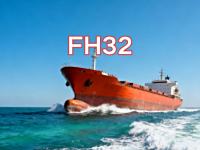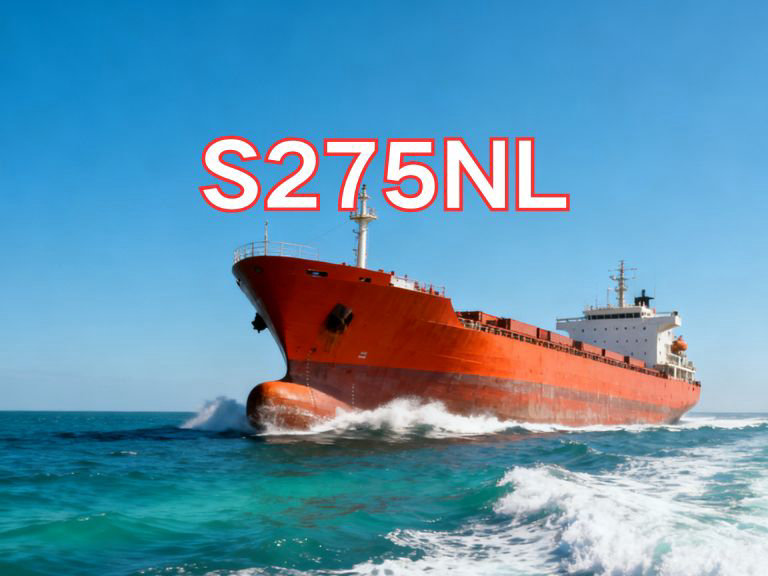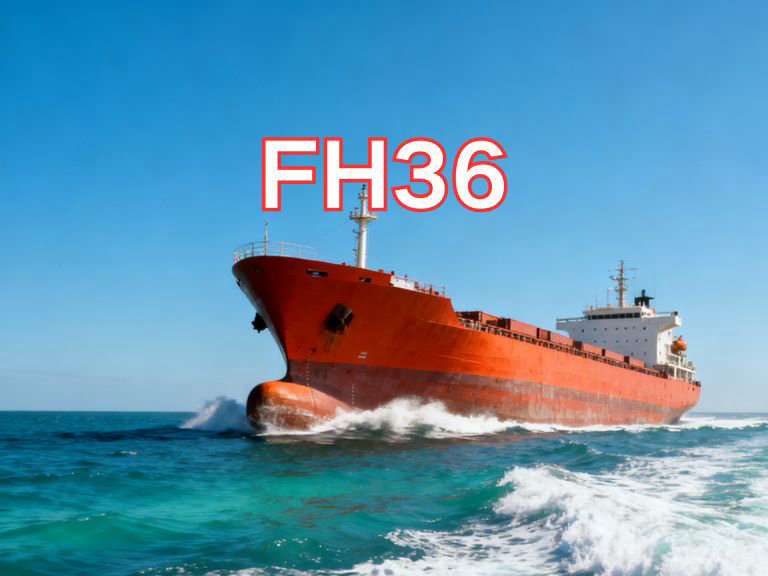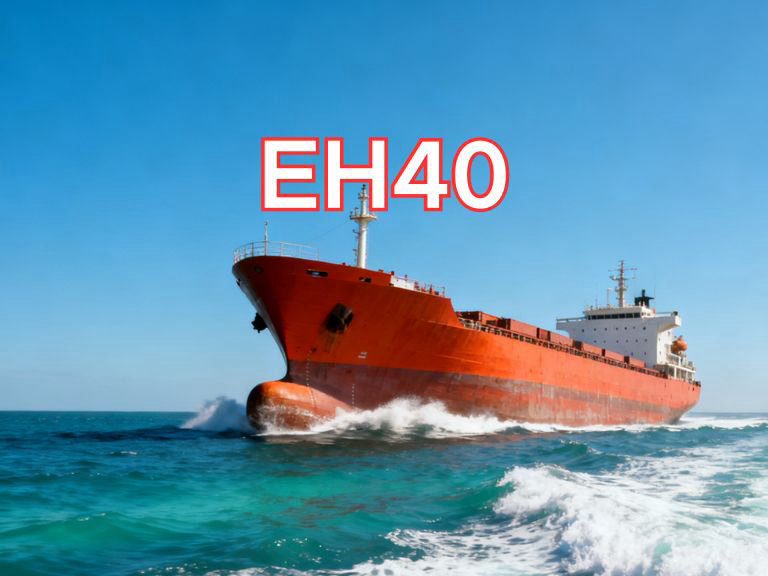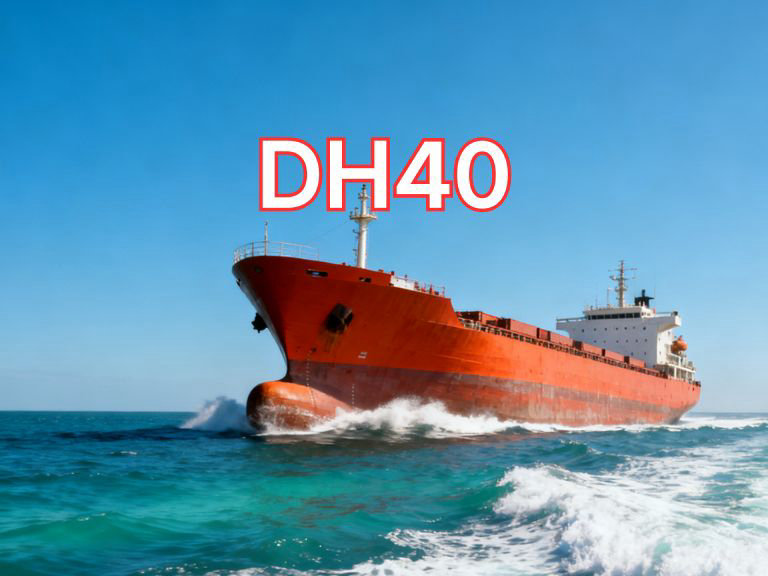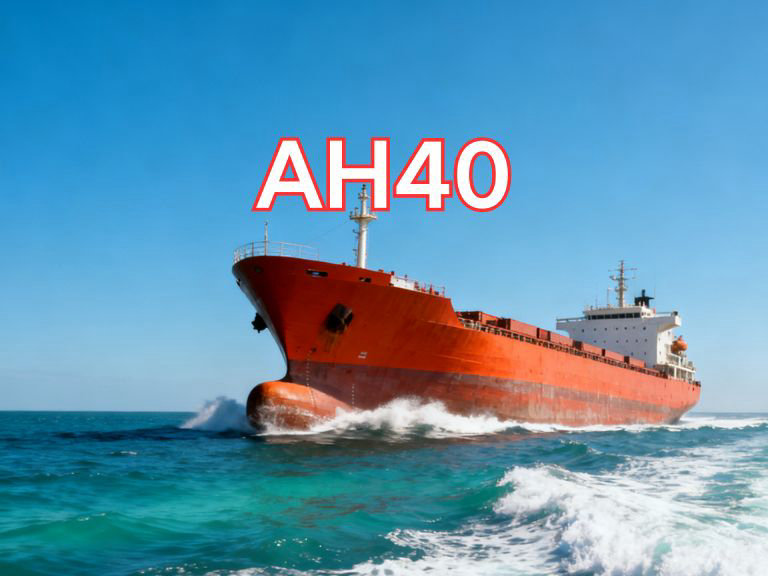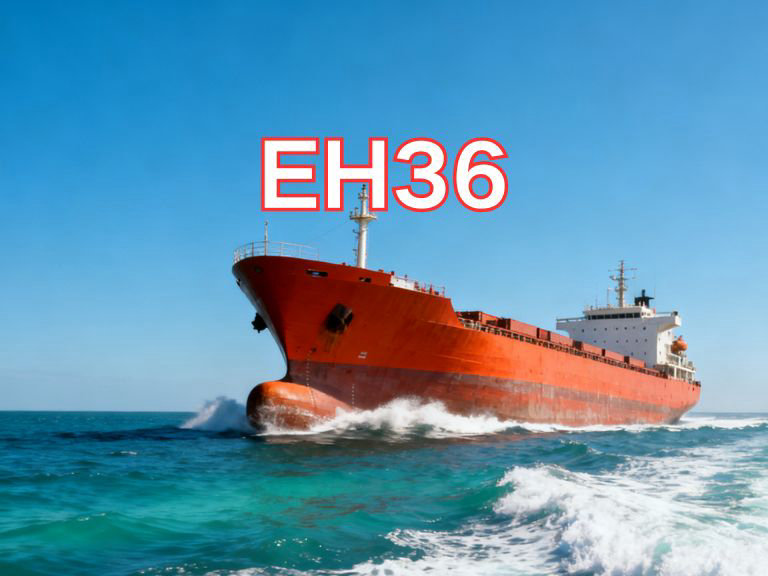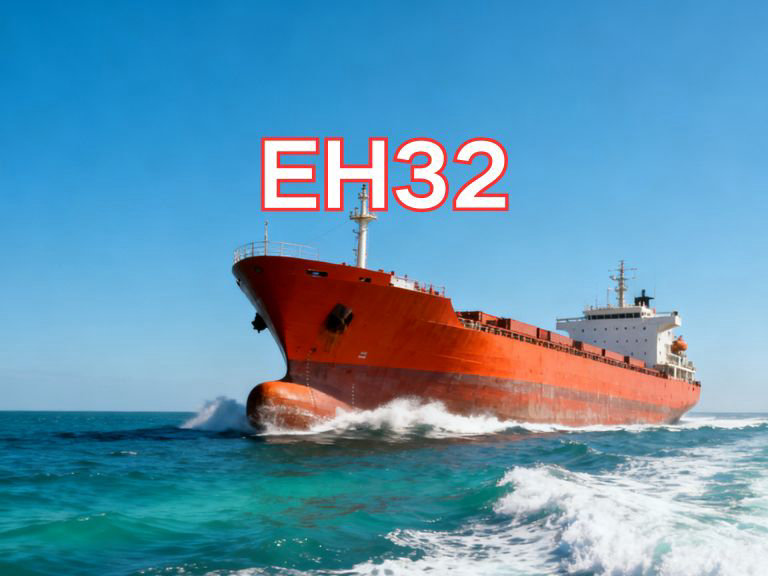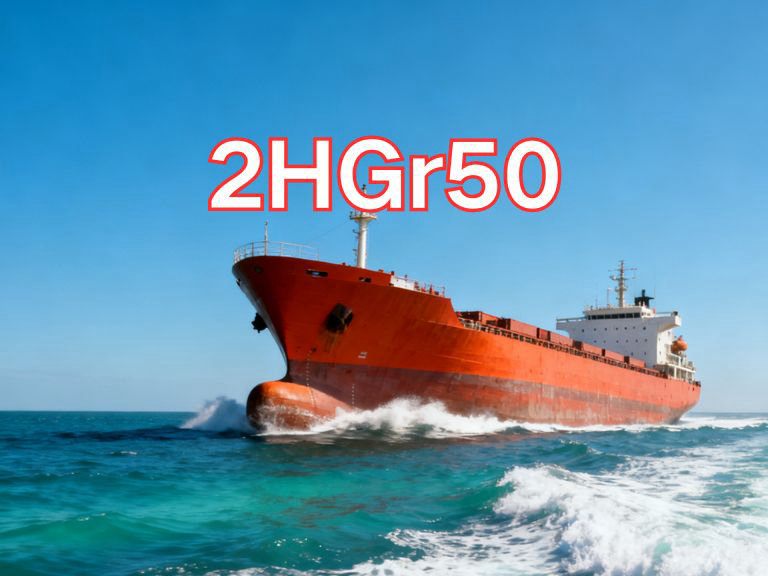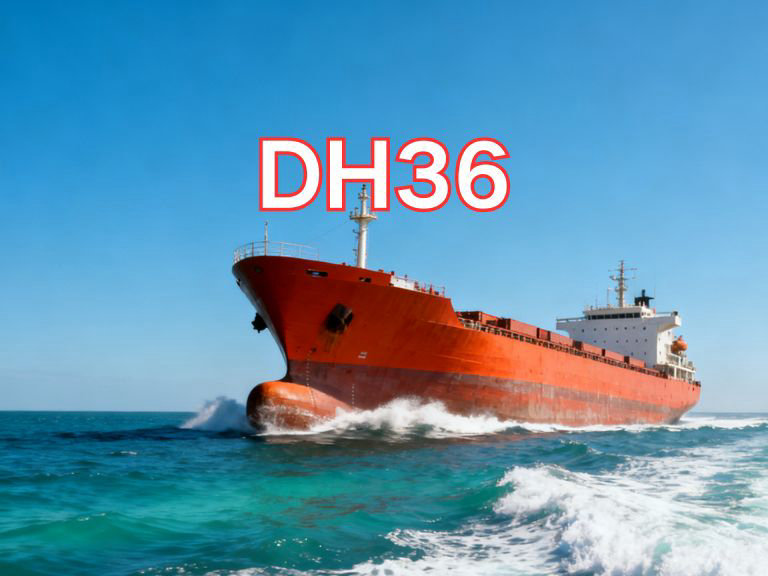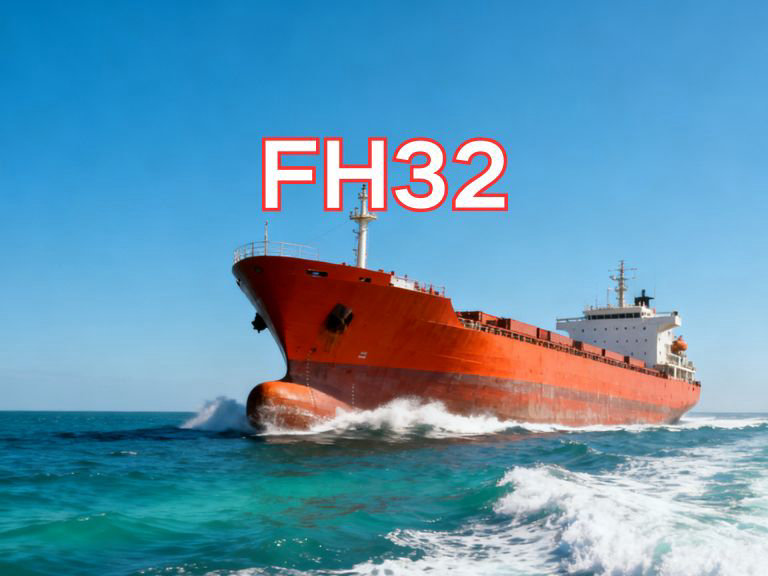

FH32
FH32 is a high-strength steel plate used for ship hull structures, with its designation following the steel grading system of the American Bureau of Shipping (ABS) and other major international classification societies (such as DNV, LR, and NK). It is widely used in the construction of ships and offshore engineering structures. The letter "F" stands for "Quality Grade F," indicating that the steel is a fully killed, fine-grain steel with guaranteed impact toughness at extremely low temperatures. Specifically, it must meet a minimum average absorbed energy of 27 J in Charpy V-notch impact testing at -60°C, making it suitable for vessels operating in extreme cold environments. "H" denotes "High-strength steel," distinguishing it from ordinary-strength steels (e.g., Grades A or B) and indicating its use in critical hull areas requiring higher load-bearing capacity. The number "32" refers to the specified minimum yield strength of 32 ksi (approximately 220 MPa) at room temperature. Therefore, FH32 is a high-strength structural steel for shipbuilding with a yield strength of no less than 220 MPa and reliable toughness at -60°C. It is one of the grades in the ABS high-strength series (AH32, DH32, EH32, FH32) with the highest requirements for impact toughness, specifically designed for vessels operating in polar or deep-cold environments.
The main characteristics of FH32 steel plate include excellent low-temperature toughness and good overall mechanical properties. Its chemical composition is strictly controlled, with a low carbon content (typically ≤0.18%) to ensure a low carbon equivalent (CEV) and good weldability. It also contains moderate amounts of microalloying elements such as manganese, niobium, and vanadium, which enhance both strength and toughness through solid-solution strengthening, grain refinement, and precipitation hardening. The tensile strength ranges from 64 to 85 ksi (440–590 MPa), with elongation meeting specification requirements, offering good fatigue resistance and the ability to withstand dynamic loads. Due to its ability to maintain sufficient toughness at -60°C, FH32 is particularly suitable for polar icebreakers, deep-sea research vessels, liquefied natural gas (LNG) carriers, and various other special-purpose ships operating in extreme low-temperature regions such as the Arctic and Antarctic, effectively preventing brittle fracture under severe cold conditions.
FH32 steel plate exhibits good weldability and is compatible with various welding processes such as submerged arc welding (SAW) and gas metal arc welding (GMAW). Welded joints are stable and high-quality, but due to the stringent low-temperature performance requirements, welding procedure parameters must be strictly controlled. Preheating is typically required based on plate thickness to prevent cold cracking and loss of toughness in the heat-affected zone.
FH32 steel plate is widely used in the primary hull structures of specialized vessels operating in frigid waters, such as polar supply ships, ice-strengthened platform supply vessels, and high-latitude workboats. It is commonly applied to critical load-bearing components—such as decks, side shell plating, keels, frames, bulkheads, and girders—where both high stress and exceptional low-temperature toughness are required. Compared to EH32 steel, FH32 maintains good toughness at even lower temperatures, providing higher safety and suitability for more severe service conditions.
The current standard for FH32 steel plate is the Rules for Materials and Welding published by the American Bureau of Shipping, specifically Part 2: "Steels" and Part 3: "Hull Structures." The latest edition is the 2025 version, which provides detailed technical requirements for chemical composition, mechanical properties, impact toughness (-60°C), manufacturing processes, inspection methods, and classification approval. It is an authoritative and internationally recognized technical standard widely adopted in the global shipbuilding industry.

Ultrasonic Testing (UT)
A key non-destructive testing technique that uses high-frequency sound waves to detect internal flaws in steel plates. The probe emits sound waves, which reflect when encountering defects such as cracks or inclusions. The receiver captures the echoes, enabling precise determination of defect location and size. With high sensitivity, strong penetration, and fast inspection speed, UT effectively ensures internal quality, widely used in the production of heavy plates, pressure vessel plates, and other high-end products to guarantee safety and reliability.

Magnetic Particle Testing (MT)
A common surface inspection method that magnetizes the workpiece, causing leakage magnetic fields at surface or near-surface defects like cracks or inclusions, which attract magnetic particles to form visible indications. Simple to operate and highly sensitive, MT is suitable for rapid inspection of surface and near-surface flaws in ferromagnetic materials, widely used for online or offline inspection of plate edges, ends, and welds, ensuring product quality and safety.

Penetrant Testing (PT)
A non-destructive method for detecting surface-breaking flaws. A penetrant liquid is applied to the cleaned steel surface, allowing it to seep into defects such as cracks or pores. After removing excess penetrant, a developer is applied, causing the trapped penetrant to bleed out and form visible indications. Simple and cost-effective, PT is suitable for inspecting surface defects in various non-porous materials, commonly used for welds, castings, and complex components, effectively ensuring surface quality of steel plates.

